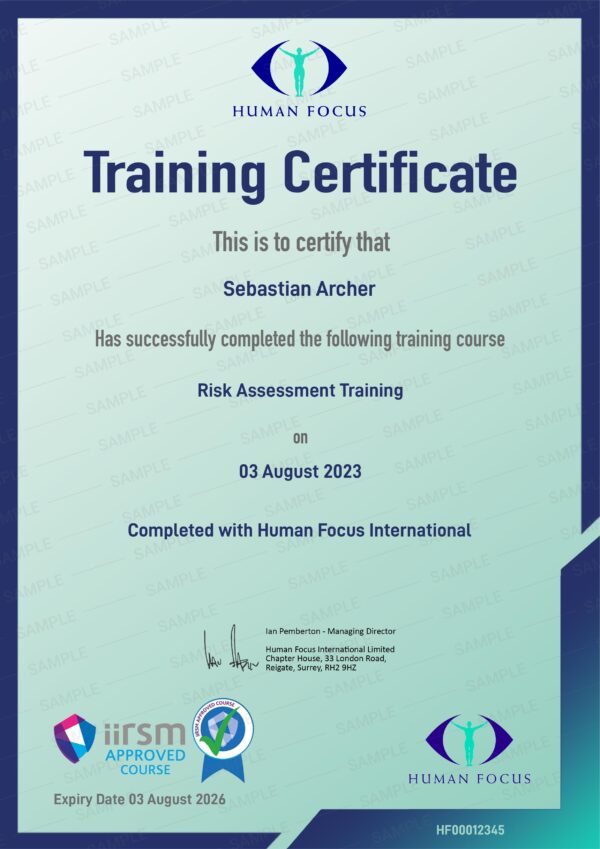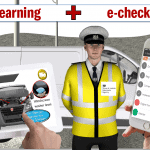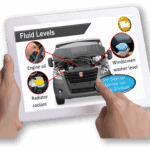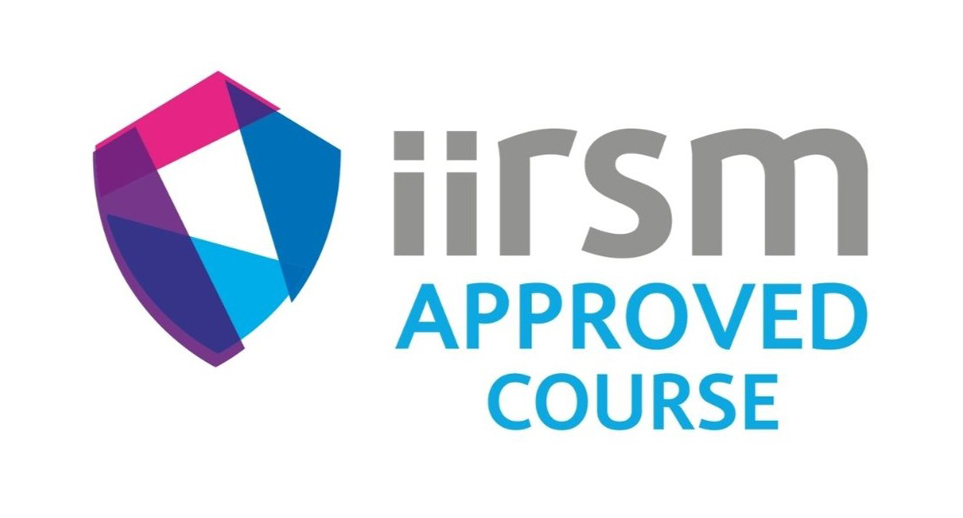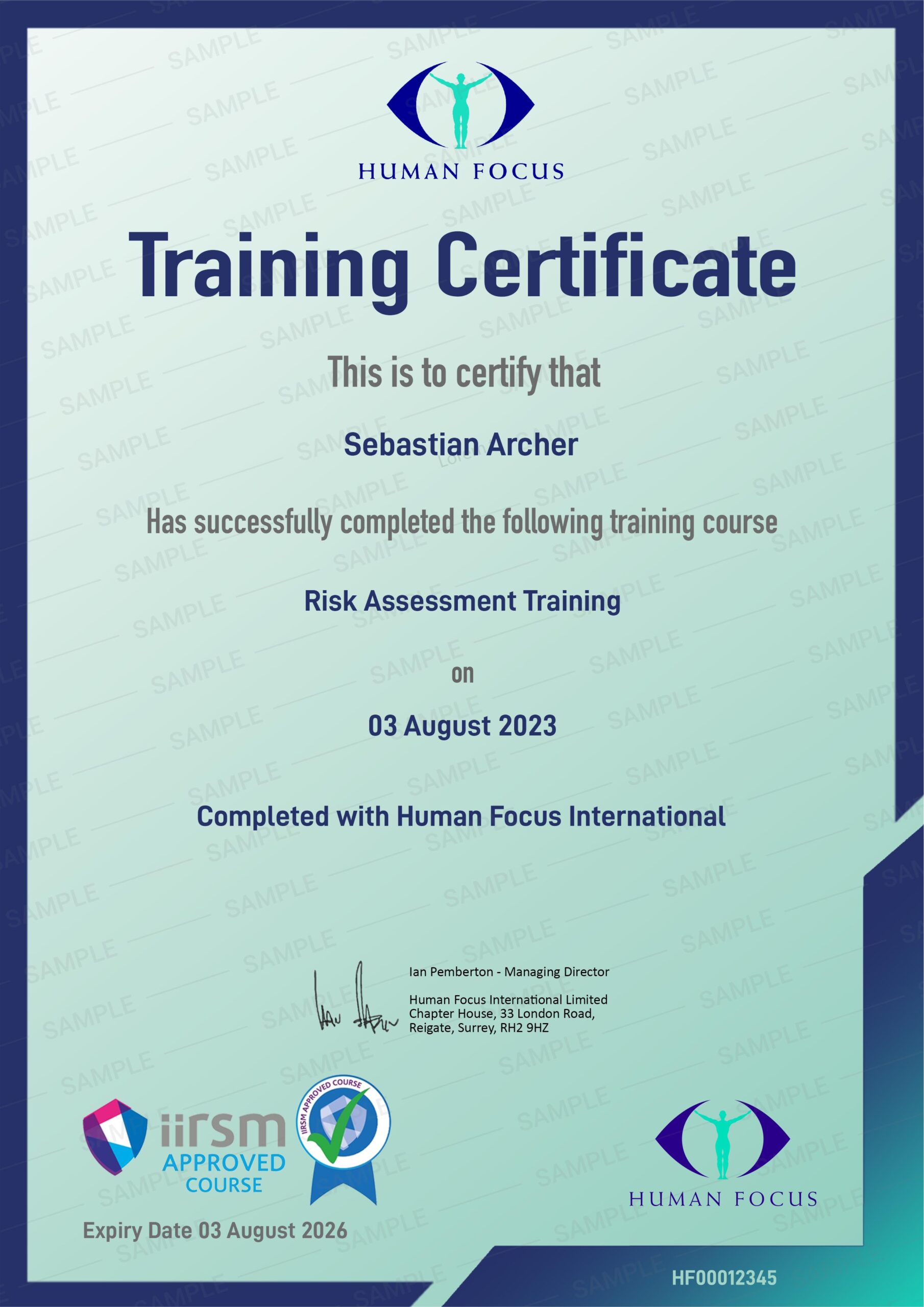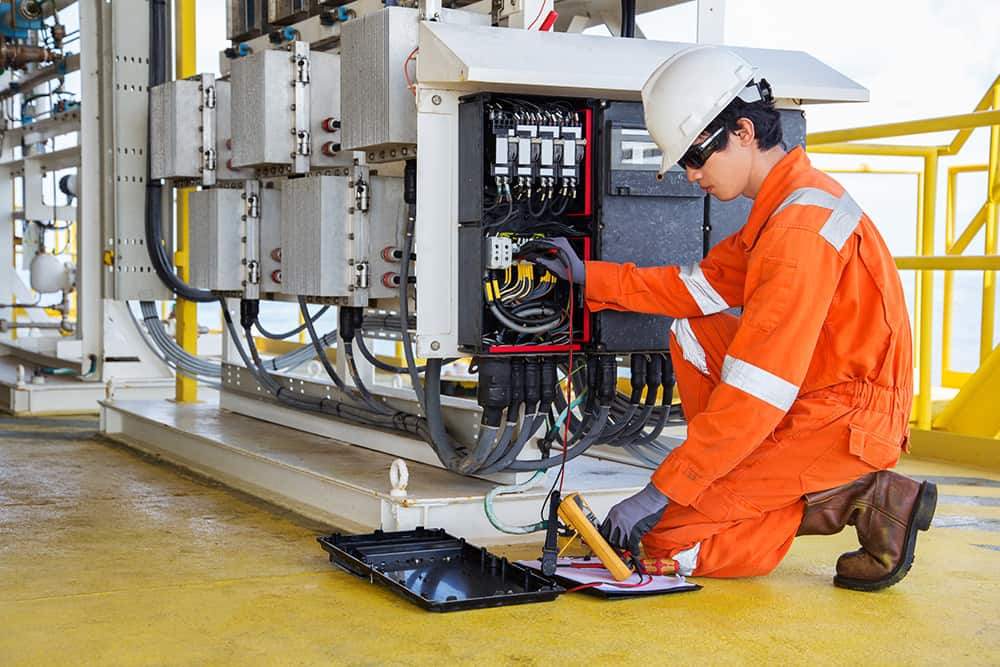The importance of risk assessments cannot be overstated. Without them, hazards can be easily overlooked, leading to potential delays, injuries and loss of life.
Subsequently, the Management of Health and Safety at Work Regulations 1999 require all employers to make a ‘suitable and sufficient’ assessment of the risks in their workplace that may harm employees or members of the public. These risks must then be reasonably eliminated or controlled.
This duty applies whatever an organisation’s size – all employers are obligated to assess possible workplace risks.
Online training can help those conducting risk assessments develop the required experience, skills and knowledge to fulfil this legal duty. It can also help employees understand the process, enabling them to make meaningful contributions to risk assessments and overall workplace safety.
Beyond compliance, risk assessments offer a range of benefits, such as::
- Protecting the workforce and others from harm
- Demonstrating good practice
- Improving business performance
- Raising awareness and promoting employee engagement in health and safety
- Allowing workers to focus on tasks without undue worry or stress
Are you aware of your responsibilities?
If you’re an employer, you are required by law to protect the health and safety of both your workers and anybody else who might be harmed by your business activities.
The Management of Health and Safety at Work Regulations 1999 outline your responsibilities related to risk assessment. At a minimum, you must:
- Identify workplace hazards that might cause harm or injury
- Determine the risk factor (how likely harm might occur, combined with how serious it will be)
- Eliminate or control that risk
The Health and Safety Executive recognises it’s impossible to eliminate every risk from a workplace, but you must show that every reasonable practical step has been taken to control the risks. This is achieved via risk assessment.
Employers can appoint a competent person from within or outside their organisation to complete the risk assessment on their behalf. However, the competent person must have the relevant skills, knowledge and experience to identify the hazards specific to your business and put appropriate control measures in place. Risk assessment courses can help prepare an individual to meet these requirements.
When completing risk assessments, it is essential to avoid employees in the process. Those at the sharp end will be most familiar with the hazards that they face and the controls necessary to eliminate or reduce them.
Common and effective control measures include providing proper instruction, maintaining workplace equipment in good working order and issuing personal protective equipment. It’s also necessary to routinely review the efficacy of control measures and revise risk assessments as appropriate.
If you’re found in breach of legislation, you may incur penalties such as fines or even imprisonment in serious cases.
The risk assessment process is foundational to health and safety in the UK and must be completed for every work environment. Without proper assessment, hazards may go undetected or be inadequately controlled, putting people in unnecessary danger and leaving employers liable for any harm caused.
Conducting risk assessments is fundamental to ensuring a safe and healthy workplace. This Risk Assessment course will help employers, managers and employees understand this vital process. It can also help prepare any appointed person with the sufficient skills, experience and knowledge to conduct risk assessments on behalf of an employer.
Suitable for a wide range of sectors, trainees will learn the 5 steps to risk assessment:
- Understanding hazards
- Identifying the types of hazards
- Evaluating the risks
- Recording and reviewing findings
- Implementing risk controls
Following these steps helps employers meet the legal, moral and financial duty to apply risk prevention measures to their workplaces.

